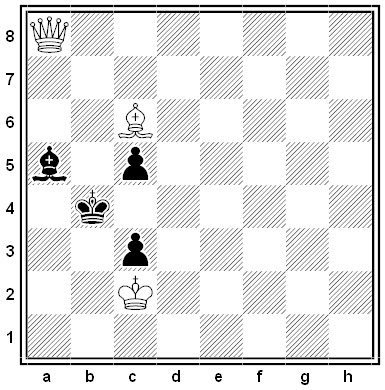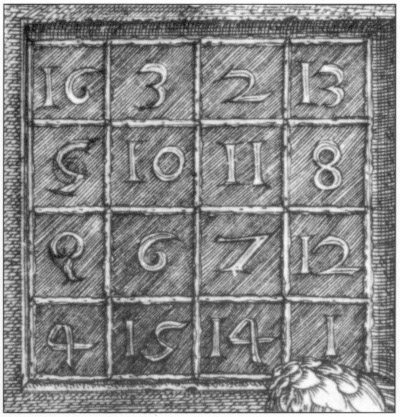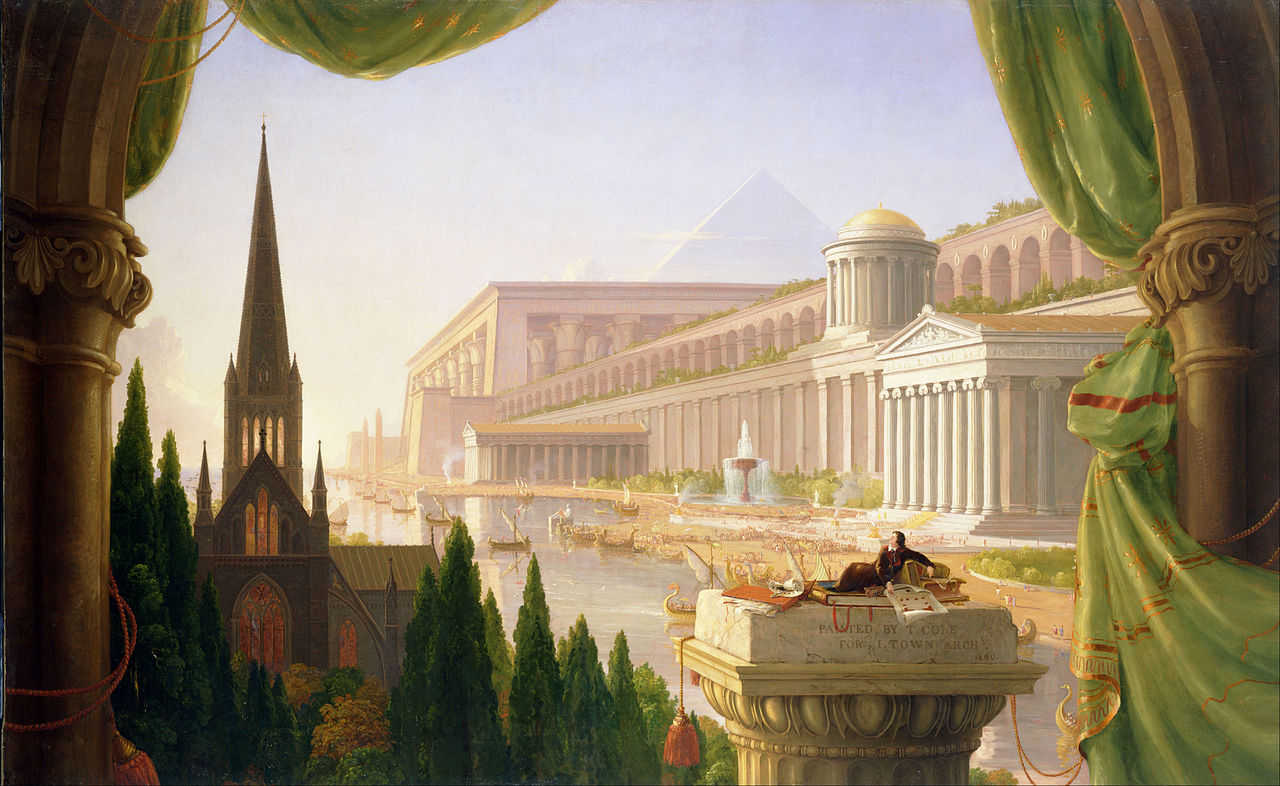
Korf’s Clock
Korf’s clock is of a novel sort
In which two pairs of hands are used:
One pair points forwards as it ought,
The other backwards a la Proust.
When it says eight it’s also four,
When it says nine it’s also three;
A single glance and you no more
Need fear the ancient Enemy.
For with this wondrous clock you’ll find
As, Janus-like, it turns about
(To such an end it was designed)
Time simply cancels itself out.
Palmström’s Clock
But Palmström’s clock has a “higher” power,
Balanced as lightly as a flower.
Scorning a set pedestrian pace,
It keeps time with a certain grace
And will, in answer to a prayer,
Go en retard, en arriéré.
One hour, two hours, three hours indeed,
Sympathizing with our need!
Though clockwork in its outward part
It hides within — a tender heart.
— Christian Morgenstern
Above: Built in 1586, the town hall in the old Jewish ghetto of Prague bears two clocks: a traditional clock tower with four faces bearing Roman numerals and a second clock bearing Hebrew numerals. The hands on the conventional clocks turn clockwise; those on the Hebrew clock turn counterclockwise. (Thanks, Danesh.)





